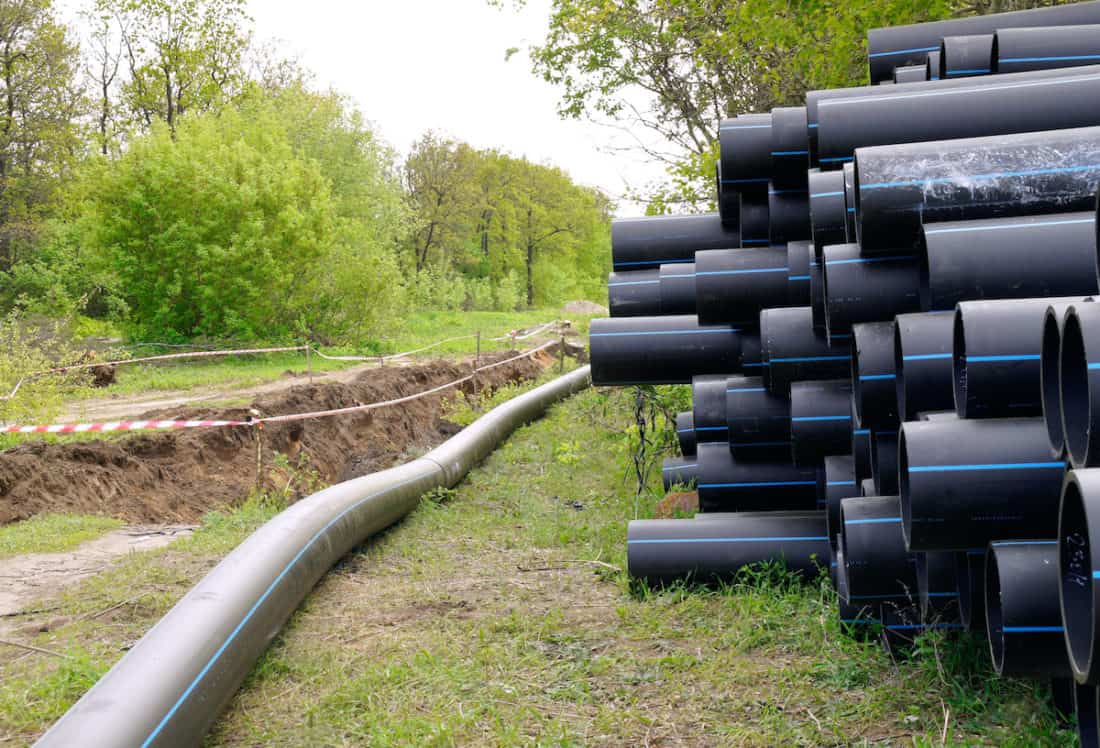Understanding Underground Utilities
When it comes to our modern world here in Tillsonburg and the world at large, there are many things that keep each of our lives running smoothly that we know very little about.
One such thing is underground utilities.
Whether it’s your phone lines, your gas lines, propane, or your water and sewage system, if you own a home, you need to know that there is a whole network of plumbing and infrastructure working below your feet.
Here’s to helping understand some of just what’s happening with underground utilities.

This subterranean maze-work of pipes and conduits is the circulatory system of our everyday life. Utility installation experts like Gerodo Contracting in Tillsonburg, Ontario are responsible for installing underground pipes, lines, sewers, and wires.
How Does Underground Plumbing Work?
Once upon a time, state-of-the-art plumbing was made from cast-iron drains and brass supply pipes. Now, those materials have been supplanted (for the most part) by PVC plastic, copper, and flexible cross-linked polyethylene, known as PEX. Look how far we’ve come.
But whether the pipes are plastic, metal, or a combination of the two, it’s the skill of the utility installation company and their plumbers & pipe fitters that matters most.
There’s a lot is at stake:
- One leaky joint can cause thousands of dollars’ worth of damage.
- An undersized, improperly sloped drain will continually clog.
- Supply pipes that aren’t anchored every 6 feet or so will rattle and thump every time a faucet is turned off.
So, what actually happens when you turn the faucet is clean water is entering the house at a pressure of 50-60 psi through the supply lines. Dirty water, pulled down by gravity, exits through the drainpipes, while air coming through the vents keeps the drains flowing smoothly. It’s a wonderfully simple and durable setup.
Valves may wear, hoses may break, and appliances will fail, but the underlying network of pipes should last as long as the house itself.
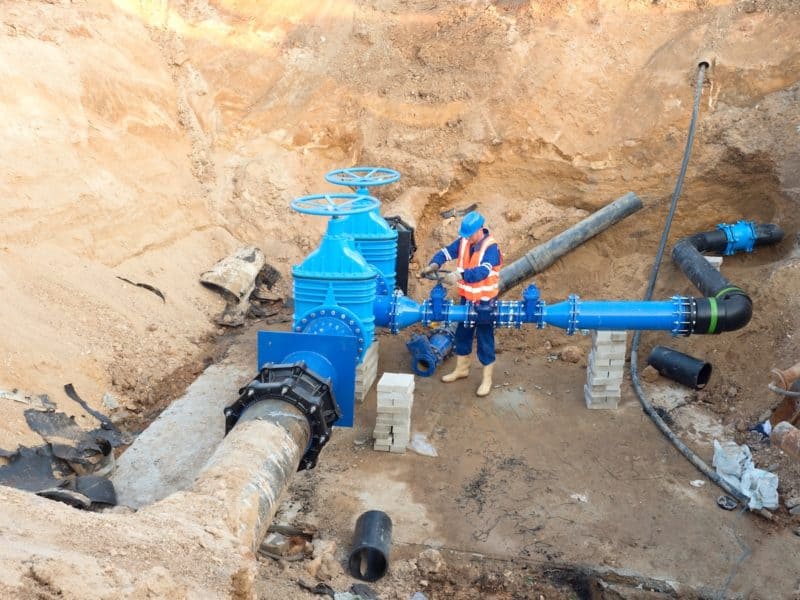
The Different Types of Gas Lines
Forget about plumbing, gas lines are one of those things that the typical homeowner knows even LESS about.
Unless you’re doing construction or buying a new home, it may not be necessary to know much about gas lines, it’s always good to at least understand some of the basics, such as what are the different types of gas lines:
Flowlines
Flowlines connect to a single wellhead in a producing field. Flowlines move natural gas from a wellhead to nearby storage tanks, transmission compressor stations, or processing plant booster stations. Flowlines are relatively narrow pipes that carry raw gas at a pressure of approximately 250 pounds per square inch (psi).
Typically, they are buried 4 feet underground and can corrode, especially if they are carrying wet gas. They also are prone to methane leakage. According to the EPA, “methane leakage from flowlines is one of the largest sources of emissions in the gas industry.”
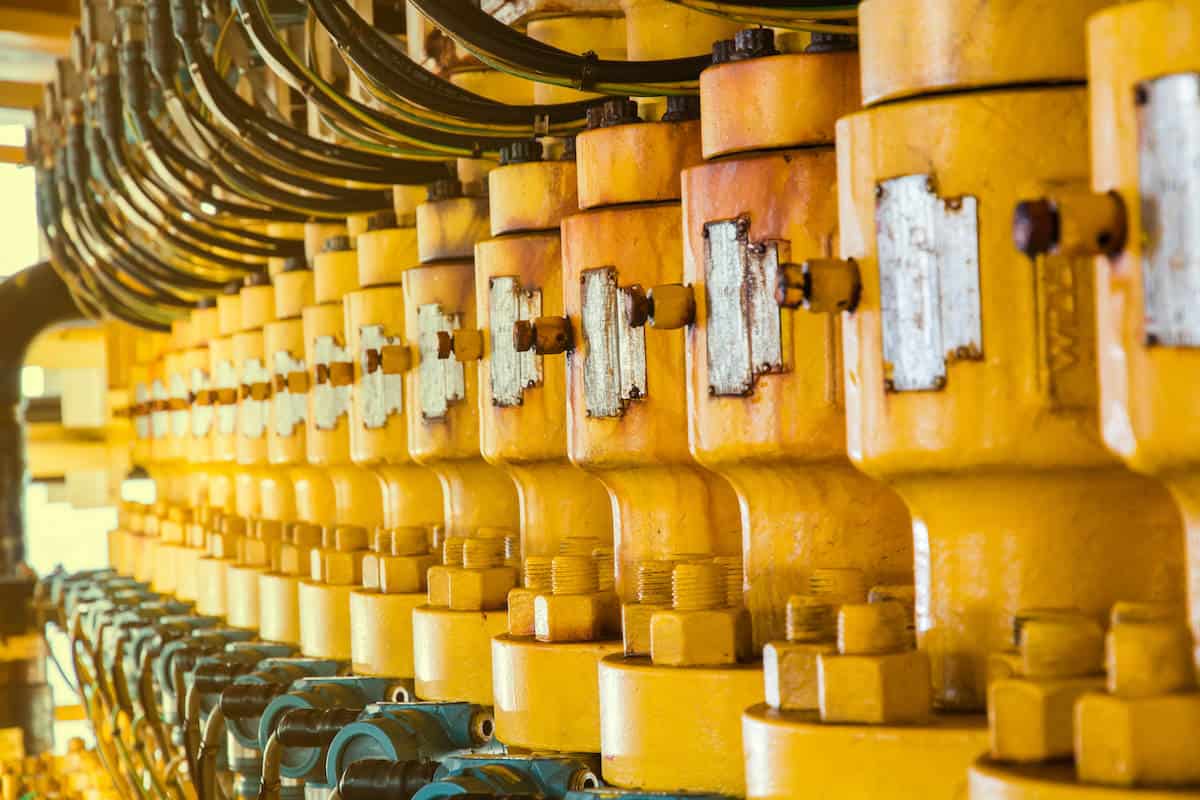
Transmission Pipelines
Transmission pipelines carry natural gas across long distances and occasionally across state boundaries, usually to/from compressors or to a distribution centre or storage facility. Transmission lines are large steel pipes (usually 2 to 42 inches in diameter; most often more than 10 inches in diameter) that are federally regulated.
They carry un-odourized gas at a pressure of approximately 200 to 1,200 psi.
Transmission pipelines can fail due to seam failures, corrosion, materials failure, and defective welding.
Gathering Lines
Gathering lines collect gas from multiple flowlines and move it to centralized points, such as processing facilities, tanks, or marine docks. Gathering lines are medium steel pipes (usually less than 18 inches in diameter) that carry un-odourized, raw gas at a pressure of approximately 715 psi.
Typically, gathering lines are buried 4 feet underground and carry corrosive content that can affect pipeline integrity within a few years.
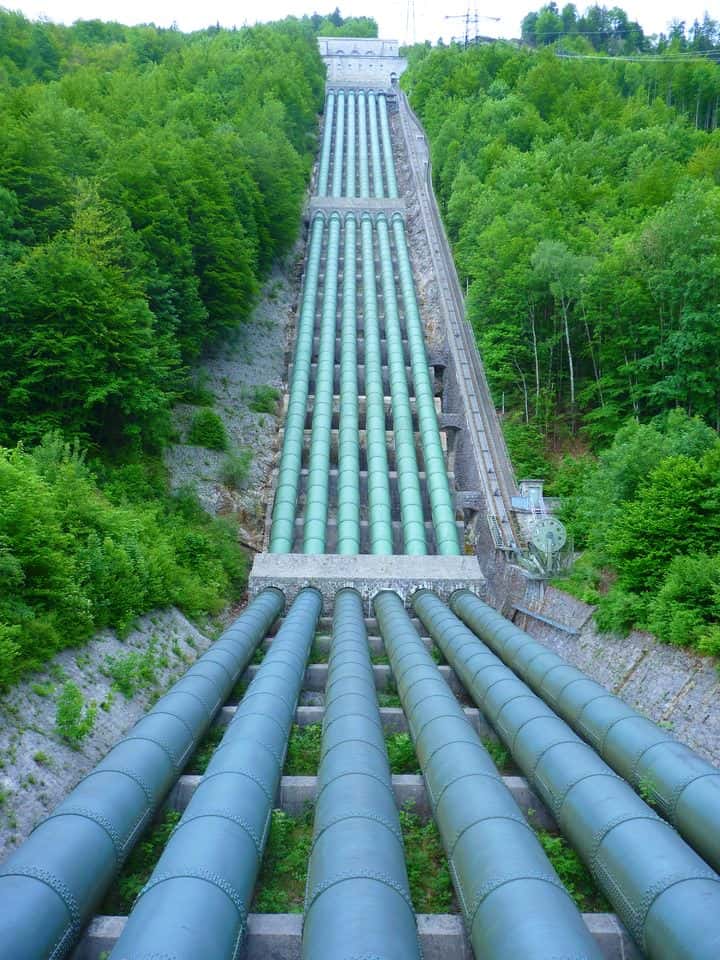
Distribution Pipelines
Distribution pipelines, also known as “mains” are the middle step between high-pressure transmission lines and low-pressure service lines. Distribution pipelines operate at an intermediate pressure. This type of pipeline uses small to medium pipes (2 inches to 24 inches in diameter) that are federally regulated and carry odourized gas at varying pressure levels, from as little as 0.3 psi up to 200 psi.
Distribution pipelines typically operate below their carrying capacity and are made from a variety of materials, including steel, cast iron, plastic, and occasionally copper.
Service Pipelines
The gas line that runs between the tank and the structure housing the gas appliances is the service piping, also known as the yard line. The propane yard line generally consists of copper tubing or plastic polyethylene piping.
The service piping needs to be installed correctly and legally in conjunction with the propane tank for the entire outside portion of the installation to be safe and serviceable.
The part of the yard line that is visible is where it comes out of the ground next to the tank and at the point it enters the building or where it connects to the point of use, such as a generator or pool heater. Only approved materials and fittings are to be used for any part of a propane gas service line.
Materials such as PVC, rubber hose and flex lines are illegal and are not to be used in any part of the gas service line.
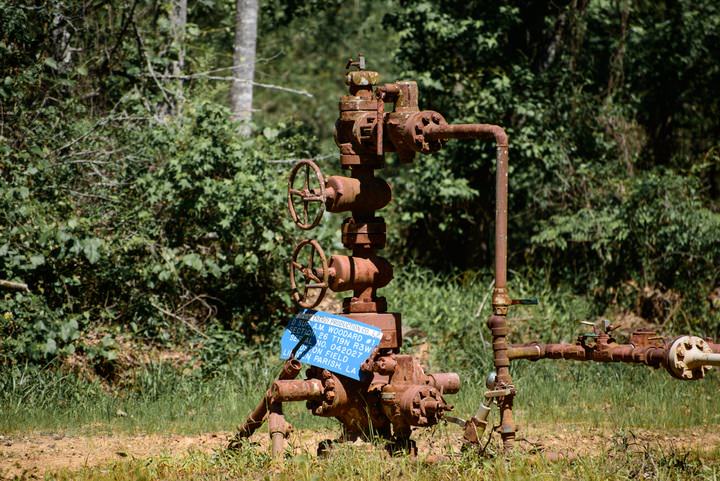
Keeping Safe with Gas Lines
Even small projects, such as installing fence posts, can lead to trouble if homeowners proceed without knowing what might be beneath the location where they are digging. Learn about demolishing methods while you’re at it.
In Ontario, and Oxford County, you can contact DigSafe, they are a company that provides varying amounts of information about the location of utility lines, including gas pipelines. If you are planning any sort of project that involves digging into your property, it is highly recommended that you use this service or otherwise identify the location of gas pipelines and other utility lines on your property.

Utility installation companies typically will mark your property within a few days after you call, so make sure you place the call well in advance of when you plan to dig.
Using the Right Materials
The materials used for underground piping and tubing are subject to strict limitations. These material requirements are in place because of the unfriendly underground environment the pipe and tubing will be exposed to. Like underground propane tanks, buried piping and tubing must be made of a material that will resist harsh underground conditions.
Additional protective measures must be taken in certain cases like placing the gas line in a PVC sleeve or wrapping it with a protective tape.
All of these measures are for the protection against loss of propane. If unapproved materials are used for underground piping, propane leaks will form. Also, piping materials such as steel must be protected by sleeving or taping the service line or corrosion will begin to damage the piping.
It is all about safety, regulations, and predictability. With the expansion of Oxford County, and the surrounding Counties, it is ever more important to be safe, and conscientious of the future.
Prepared for:
Gerodo Contracting
1 Vance Drive, Unit 3
Tillsonburg, Ontario
N4G 4M4
(519) 688-2445
https://www.gerodocontracting.ca

